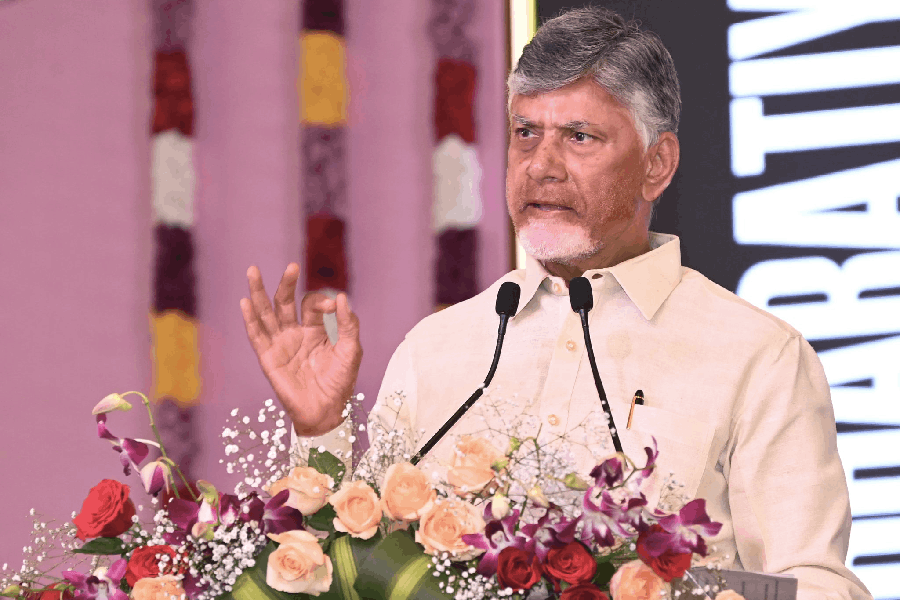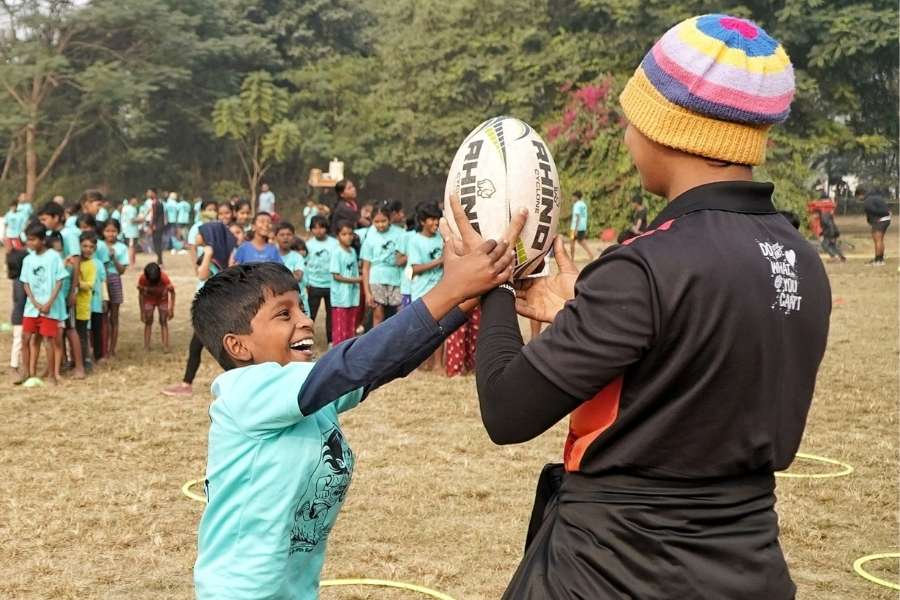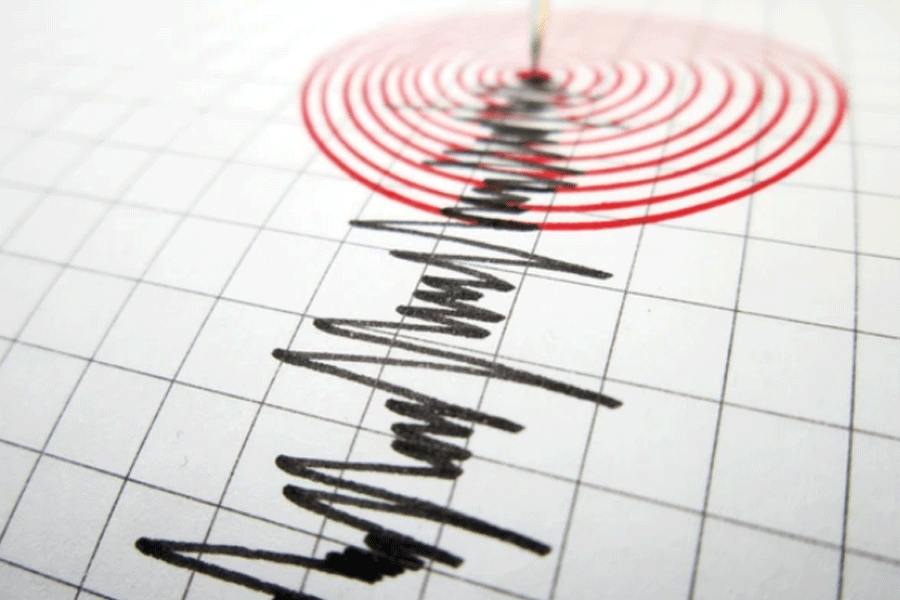
• The much talked about Chilika Mahotsava kicked off on Thursday. What is its objective?
This is the sixth edition of Chilika Mahotsava that began at Satpada on January 11. The festival will continue till January 14. The basic objective of the festival is to create awareness on the cultural history associated with this wetland. Hundreds of tourists, including international ones, are coming to the festival. There is a lot of scope for self-help groups (SHGs) and other women's groups to sell their products.
• Many activities are taking place around the Chilika lake. What is the health status of the lake?
Chilika, a wetland of international importance, was enlisted as a Ramsar site in 1981. Later, it was included in the Montreux Record (threatened list of Ramsar sites). After some physical intervention was made, it was removed from the threatened list and now continues to be a Ramsar site. It is the only lake in the Asian sub-urban continent that is well maintained and has a well-balanced ecosystem. Recently, we also sighted sponges, an organism that act as water purifiers, in the lake. It will further boost the ecosystem.
• Winter is at its peak. Lakhs of migratory birds have arrived but their numbers seem to be decreasing...
Earlier, the Wildlife Organisation of Odisha, with the help of the Chilika Development Authority, conducted the bird census. It has been found that the number of birds this time is 8.90 lakh, about 47,000 less than the previous year. A major reason for it was a good monsoon and the late arrival of rainfall. There are a lot of wetlands around Chilika, which offers good habitats to the birds. They don't solely depend on the lake now. Besides, we will also be monitoring birds in February along with NGOs, Salim Ali Institute of Ornithology and Bombay Natural History Society.
• Is it a fact that Mangalajodi is emerging as a new destination for tourists to see migratory birds?
Yes. We have around 55sqkm of marshy water at Mangalajodi. Because of the mudflats, one can see birds from a close range. It is known as birds' paradise. We are holding a national festival on birds beginning from January 21. There are bird protection groups and we are supporting them. But there should be a controlled and responsible tourism. We are thinking of allowing 30 boats a day so that the birds are not disturbed.
• Poaching of birds still continues in Chilika...
It can be checked only with community participation and keeping that in mind, we have involved people. Our thrust is to empower the people with knowledge so that they protect the birds. It has yielded the desired results.
• Besides poaching, encroachment is a major area of concern. How do you deal with the problem?
With the help of a third party - Japan International Co-operation Agency - we organised a survey in 2008 and prawn gheries were found in less than 40sqkm. But in 2017, it was found that nearly 149sqkm was under encroachment. Under the Odisha Marine Fishing Regulation Act, we have the power to prohibit fishing in Chilika. We have been able to reclaim 130sqkm of encroached area in Chilika.
• Everyone is aware that the prawn dykes were constructed with the support of politicians. Do you find any opposition while going ahead with the demolition?
I will not comment on that. However, there was a lot of pressure from all stakeholders. But with the help of the state government, we have been able to reclaim the encroached parts. By doing this, we have been able to win the confidence of lakhs of fishermen who depend on Chilika.
• Environmentalists are concerned about twin problems - the rate of siltation and uncontrolled prawn farming...
We are regularly monitoring the slit load that comes from the 52 rivers that empty into Chilika. The amount of silt load has not increased over the years. We are dredging some channels through which the silt is automatically discharged into the sea. The rate of siltation is very low. The uncontrolled prawn farming has been prohibited under the Aquaculture Act (2006). The salinity level of Chilka is also at a desirable level.
• We hear fish production from Chilika has fallen. What is the reason for this?
The sustainable production capacity of the lake is 16,000 metric tonnes per year. To ensure a good catch, you need to have scientific management of the lake. There is an increase in arrival of fish species from the sea to the lake. Earlier, all the migratory routes had been blocked. We have cleared all these. We have also built a nice highway for the juveniles to come to the lake from the sea. With our intervention, we have educated the fishermen not to cast their nets on these natural routes. With this the fish production has gone up and on an average the fish production hovers around 14,000 metric tonnes. The good news from Chilka is that the catch of tiger prawn has also gone up.
• What is the volume of business centring around the Chilika fish?
Chilika fish are toxin-free. We are producing around 14,000 metric tonnes of fish a year and the average estimate of business is around Rs 300 crore per annum. Besides, a chain of economic activities is going on across the lake. Shrimp collected by the private entrepreneurs is now exported to Japan. Chilka fish is now a brand and has international recognition. We are also planning to apply for GI Tag for Chilika fish. We are assessing the food value of all the commercially exported fish.
• Dolphins are being hurt by boats and they frequently die due to the carelessness of boatmen in Chilika...
Dolphins are a rare species and their population is around 150. This is one of the last viable population of the Irawadi dolphin. It has been added to the threatened list from the vulnerable list. It's our prime duty to protect them. The primary way of going about it is community participation. There are seven associations in and around Satpada. They mainly depend on eco-tourism. They have come forward to ensure that the dolphins are not chased. Because of the removal of gherries, the dolphins are moving to northern and central sectors and are now spotted in the Rambha area. They will get more areas for breeding. With this, we hope to maintain a viable population of the dolphins.











